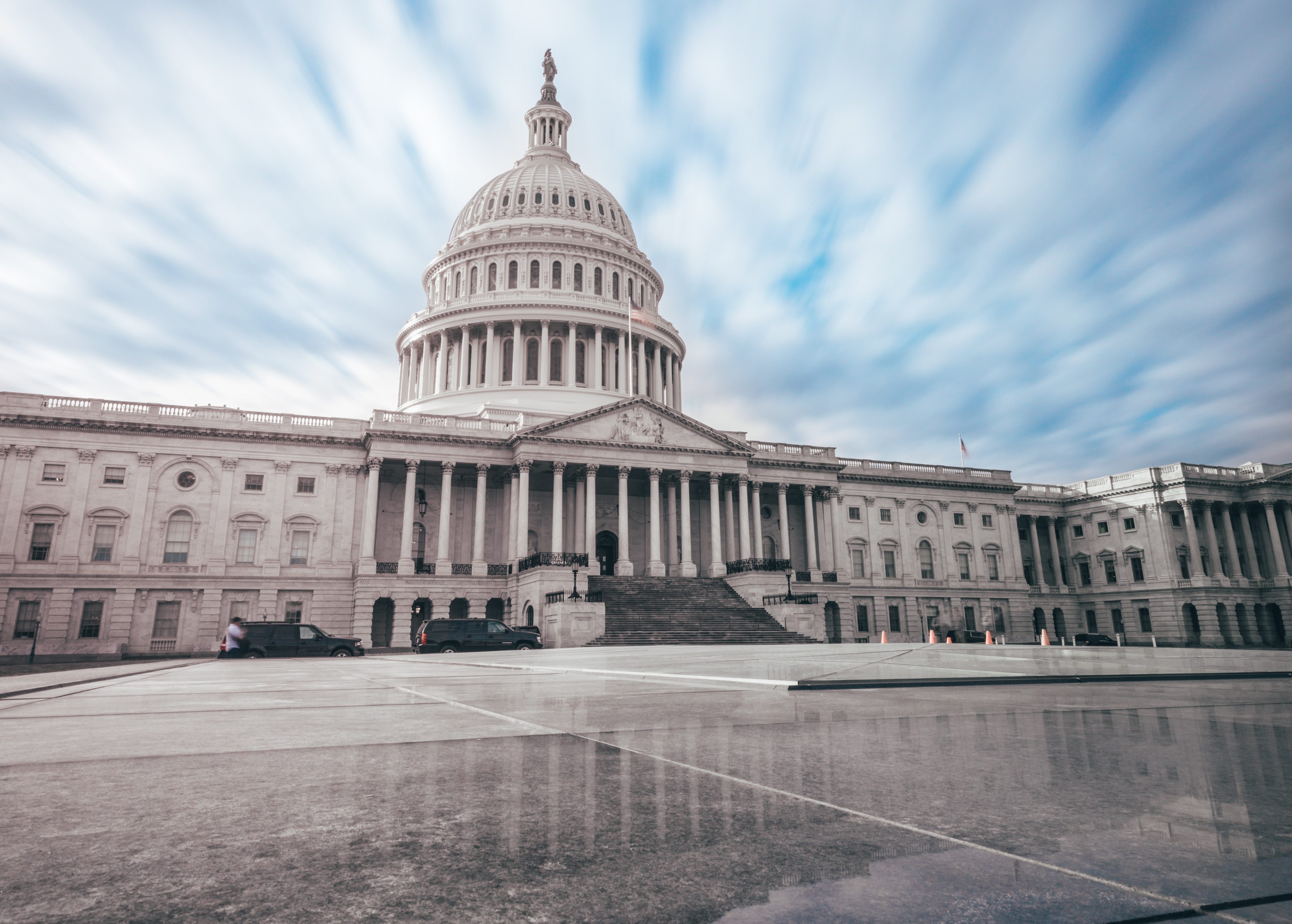How The Feds Raising Rates Impact The F and G Funds – Linda Jensen

LINDA JENSEN – The federal government has raised key interest rates again, ranging from 1.75 percent to two percent, making it the seventh time the U.S. Federal Reserve has raised prices since 2015. Rates were increased 0.25 percent each time.
On top of that, the Fed noted that it was possible two additional increases would potentially come in 2018 instead of just once more. The decision will base itself on the economy’s growth and strength.
The U.S. unemployment rate is currently 3.8 percent – the lowest since 2000. The economy is also reasonably robust although some inflation has occurred. The majority of recession indicators do not predict a recession in 2018, which means the Feds will continue to increase the rates to ensure inflation stays down.
What Impacts Are Being Felt With the F and G Funds?
When the Fed raises interest rates, it tends to mean higher interest rates for bonds and treasuries. The G fund offers returns that are nearly equal the 10-year treasury yields, meaning higher rates have better G Fund returns. The great thing about the G Fund is there is little to no risk with interest rates – something you see with 10-year treasuries.

Advertisement
Advertisement
Although the G Fund has a positive stance with the rise in interest rates, the same cannot be said for the F fund. In the last 12 months, the F Fund has only led to negative returns for investors.
Why is that?
The F Fund has a 5.75-year maturity, which essentially means a one percent interest rate increase could lead to a 5.75 percent decrease in security price. Right now, investors are seeing 2.72 percent in interest. However, when the Fed raises rates once more, the newer bonds will provide higher yields, and existing bonds will decrease in price to provide the same yield for the bond type. Although investors still see interest accumulate, the value will drop. The total bond fund return depends on the bond’s prices and the interest offered.
With the way the Fed is increasing rates, the F Fund could turn negative for many investors – something already happening.

What Should You Keep In Mind…

With current interest rates, it’s safe to say that the G Fund is a much better investment than the F Fund. After inflation is taken into account though, the G Fund isn’t all that great either. But, it’s not offering anything negative right now.
The Fed, when it appears a recession is coming, will reduce the interest rates, meaning the F fund will do better than the G Fund, but only for a short-time.
Linda Jensen is the principal and owner of Asset Care & Preservation Services with offices in Olympia, WA. Linda began her career with Prudential Preferred in 1994 where she was an agency leader. She earned the credentials of a financial planner and has been in practice as an investment and insurance professional since that time. Linda started her own company in 1997.
Articles from Linda Jensen:










